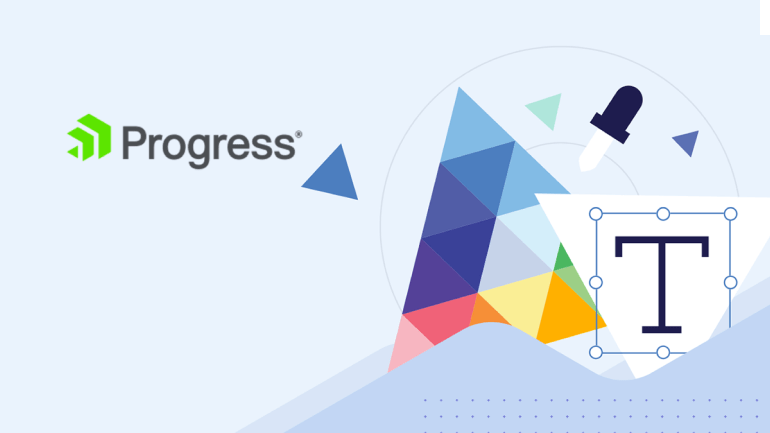Importance of Accessibility, Inclusiveness and Usability in Design

Accessibility, usability and inclusiveness are three different but related concepts that matter in providing the best possible user experience. Learn the distinctions and some tips to keep in mind.
You know that feeling when you come across a website or product that just clicks? Everything seems intuitive and flows seamlessly. You feel welcomed in and valued as a user.
Contrast that with the frustration of struggling against a design that ignores your needs and makes simple tasks difficult. The difference comes down to principles like accessibility, inclusiveness and usability.
When designers and developers make the effort to understand users and create experiences centered around their abilities, needs and behaviors, it leads to better outcomes for everyone.
In this article, we’ll explore why these principles matter and how to build them into your design process.
Accessibility Is No Longer an Afterthought
We’re in 2024. Accessibility is not just a nicety; it’s a must-have. Across the globe, laws and regulations dictate that digital content must be reachable and usable by individuals with various abilities.
This encompasses auditory, cognitive, neurological, physical, speech and visual disabilities. Although compliance might feel like a chore, it’s worth noting that the real motivation behind it stems from a fundamental principle of inclusivity.
When we design for accessibility, we’re promoting a world that is more equitable and open. It’s not solely about dodging legal consequences; it’s about doing what’s right.
Some examples of accessible design include:
- Alt text for images
- Closed captioning for audio and video
- Keyboard navigation
- Adjustable font sizes
- Clear and simple language
On the other hand, inclusive design aims to create experiences that suit the needs and abilities of as many users as possible. It considers factors like age, gender, ethnicity, language skills, income level and other attributes.
Some aspects of inclusive design include:
- Representing diversity in images and examples
- Offering content in multiple languages
- Avoiding bias in language and features
- Providing flexible options to suit different needs and preferences
How Accessibility Affects General Usability
Usability refers to how easily and effectively a product or service can be used to achieve specified goals. It focuses on optimizing the user experience by making interfaces intuitive, learnable and helpful. Good usability means a design is efficient, satisfying and error-tolerant.
Some hallmarks of usability include:
- Consistency – in navigation, terminology and design
- Simplicity – avoiding unnecessary complexity
- Feedback – communicating what’s happening and confirming actions
- Error prevention – making choices clear and mistakes hard to make
- Shortcuts – for power users to speed up interaction
Accessibility and usability are two closely related aspects of web design that work together to create a web that works for everyone. When we optimize for accessibility, we cater to two audiences—humans with disabilities and search engine crawlers, both interpreting content in unique ways. Enhancing accessibility invariably bolsters usability and SEO, which is a win-win for all users and search engines.
Both screen readers and web crawlers thrive on structured, semantic content. Cascading Style Sheets (CSS) can make a website visually stunning, yet they obscure content from screen readers and crawlers if not used thoughtfully. Therefore, it is essential to bypass presentation layers and focus on crafting accessible web experiences that cater to all users.
How to Craft Accessible Web Experiences
Making digital content accessible to everyone is like solving a puzzle. To create accessible web experiences, you need to understand the various assistive technologies and strategies that make digital content universally consumable.
Start with Assistive Technology Considerations
For people with visual impairment, screen readers are essential. Screen readers convert screen content into speech. Modern devices usually have built-in screen readers, but it’s vital to manually test your website to ensure compatibility.
Engage with accessibility experts to fine-tune your design. Ensure alternative content is readily available for non-text elements. Test your website using different screen readers across various platforms.
Include Alt Text
When integrating non-textual elements, alt text becomes our unsung hero. Providing descriptive alt text for all images ensures that the information is conveyed even when the visual is inaccessible. However, when it comes to decorative imagery, remember:
<!-- For decorative images, use an empty alt attribute -->
<img src="decorative-image.jpg" alt="" />
This signals to assistive technologies that the image is not content-critical.
Closed captions and transcripts are also examples of text alternatives that are indispensable for providing access to users with hearing impairments. These text alternatives also have a pleasant side effect—they are searchable. This comes in handy for users trying to locate specific pieces of content within media assets.
Text alternatives also have an impact on design. Clear and concise navigation aids all users, not just those with disabilities. Content that is easy to read benefits everyone, enhancing the overall user experience.
Follow Accessibility Guidelines
Familiarize yourself with established accessibility guidelines like the Web Content Accessibility Guidelines (WCAG) and Section 508 of the Rehabilitation Act. These provide specific criteria for making digital content and ICT accessible. Following the guidelines helps ensure your design meets legal requirements and best practices.
Test and Get Feedback
The only way to truly know if your design is accessible is to test it with real users and get their feedback. Recruit testers with various disabilities to evaluate your design. Have them perform typical tasks while observing them and listening to their comments. Make changes based on their input before launching your design.
Continuous Improvement
Accessibility is an ongoing process. Monitor how people use your design after launching and look for opportunities to improve the experience for those with disabilities. Make updates and enhancements to better meet users’ needs. An accessible design is never really finished—there is always more you can do to make it inclusive and user-friendly.
Final Thoughts
When contemplating website improvements with an accessibility mindset, the ancillary benefit that often arises is simplification. By streamlining layouts and reducing complexity, we inadvertently create a user-friendly environment that appeals to all. This unites usability and simplicity.
Making the web accessible is not just about ticking off compliance checklists or appeasing search engines. It’s about extending the reach of information, services and opportunities to everyone—irrespective of their physical or cognitive abilities. Accessibility champions the principle of universal design and reiterates that by making our digital offerings inclusive, we are, in fact, designing for all users.

John Iwuozor
Related Tags
Related Articles

Latest Stories in Your Inbox
Subscribe to get all the news, info and tutorials you need to build better business apps and sites